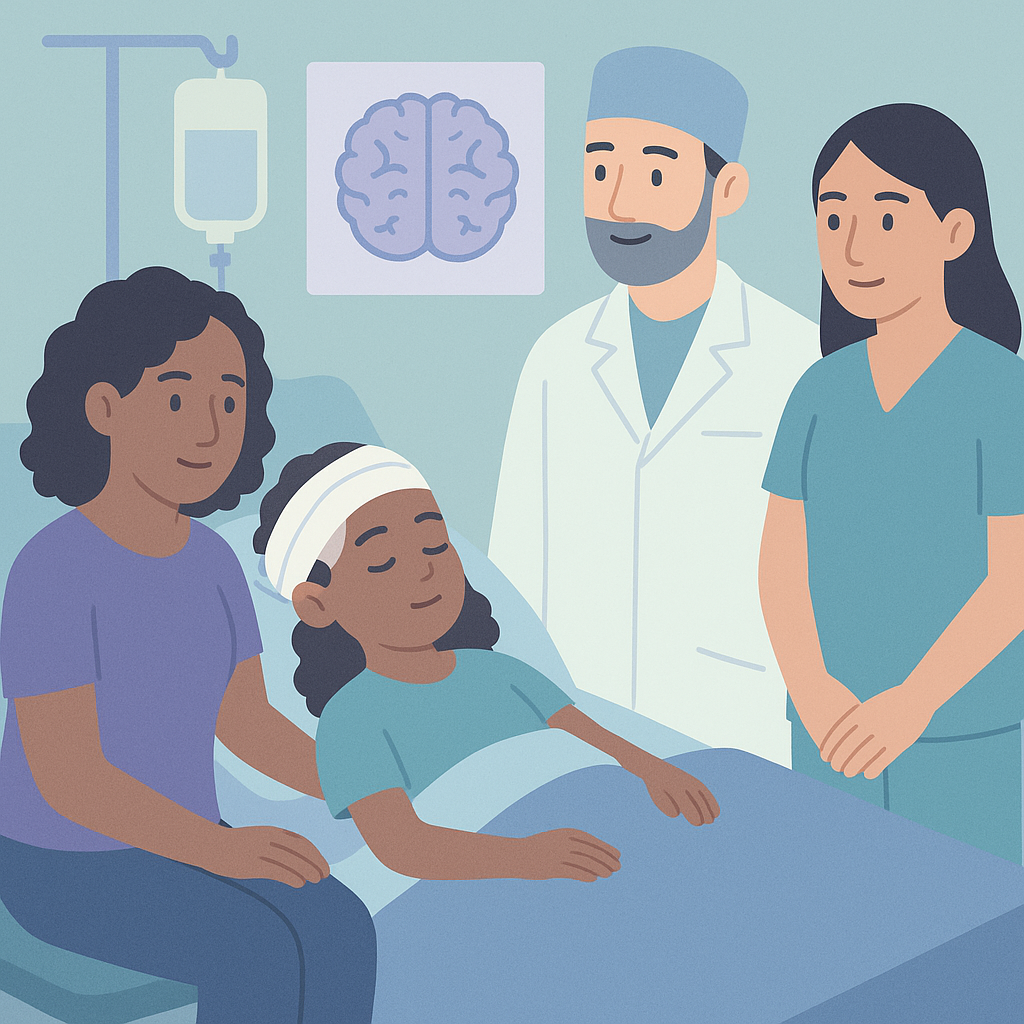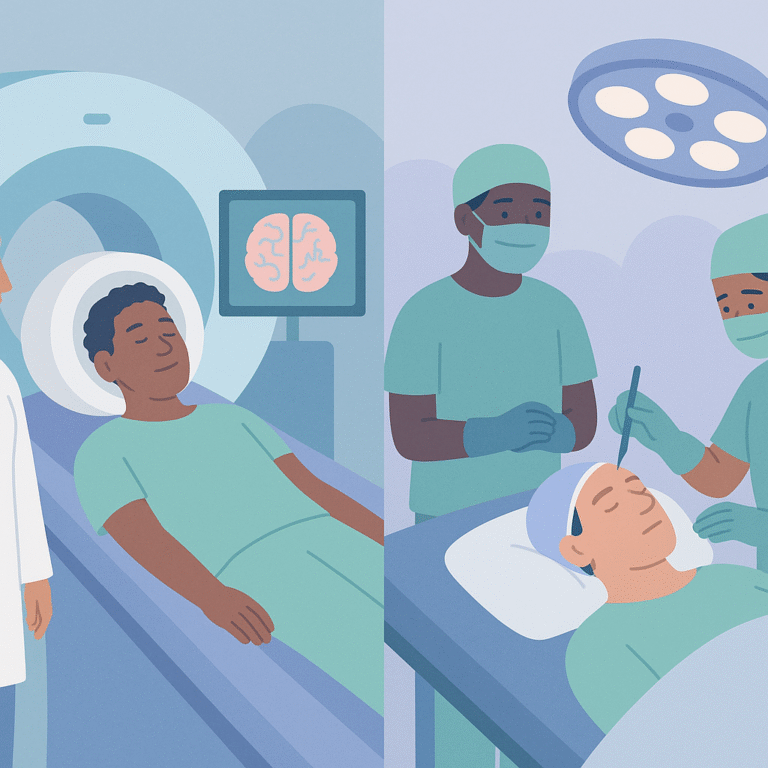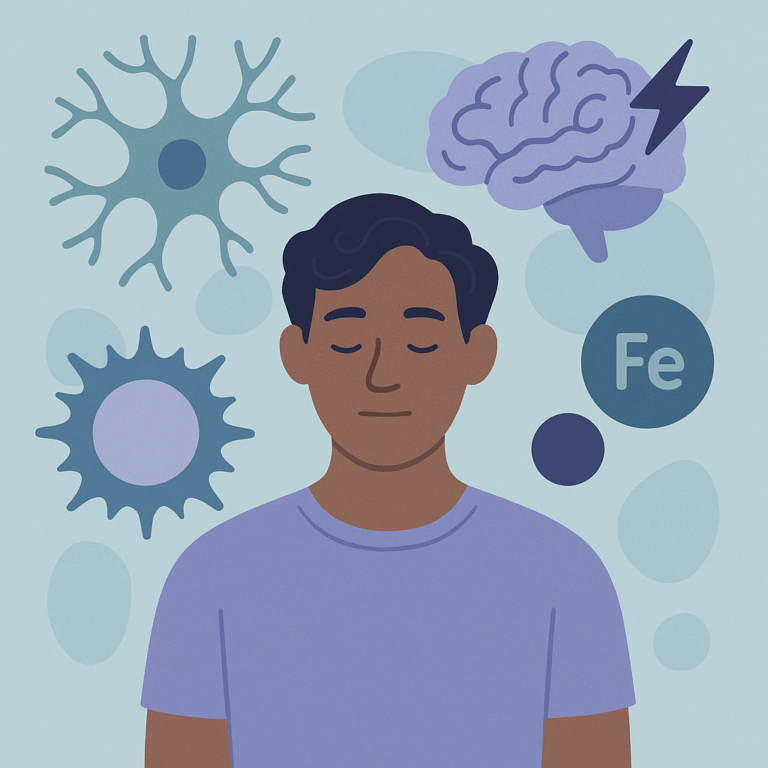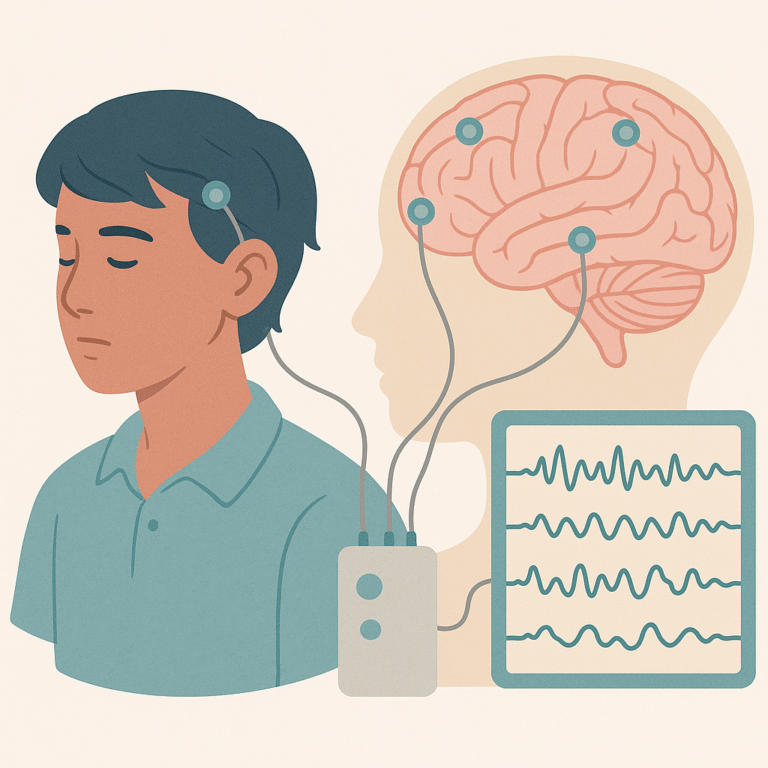Hemispherotomy Helps Children with Drug-Resistant Epilepsy in Panama
Source: Pediatric neurosurgery
Summary
A study was conducted to evaluate the outcomes of a surgical procedure called hemispherotomy in 23 children with drug-resistant epilepsy (DRE) in Panama. The children, aged between 2 and 20 years, underwent this surgery between 2011 and 2023. The research team included both local and U.S. medical professionals who worked together to assess the surgery's effectiveness and its impact on the children's quality of life.
The results showed that all 23 children experienced a reduction in seizure frequency after the surgery. Specifically, 15 children became completely seizure-free, while others had fewer seizures. Most families reported that the surgery was a good decision, with many noticing improvements in their children's cognitive abilities. Although some complications occurred, such as infections and other issues, there were no deaths or severe complications like hydrocephalus.
This study is important because it highlights that hemispherotomy can be a safe and effective option for children with DRE, even in low-resource settings like Panama. However, the study has limitations, such as a small number of participants and a focus on a specific region, which may not represent all children with epilepsy. More research is needed to confirm these findings and explore the long-term effects of the surgery.
Free: Seizure First Aid Quick Guide (PDF)
Plus one plain-language weekly digest of new epilepsy research.
Unsubscribe anytime. No medical advice.





